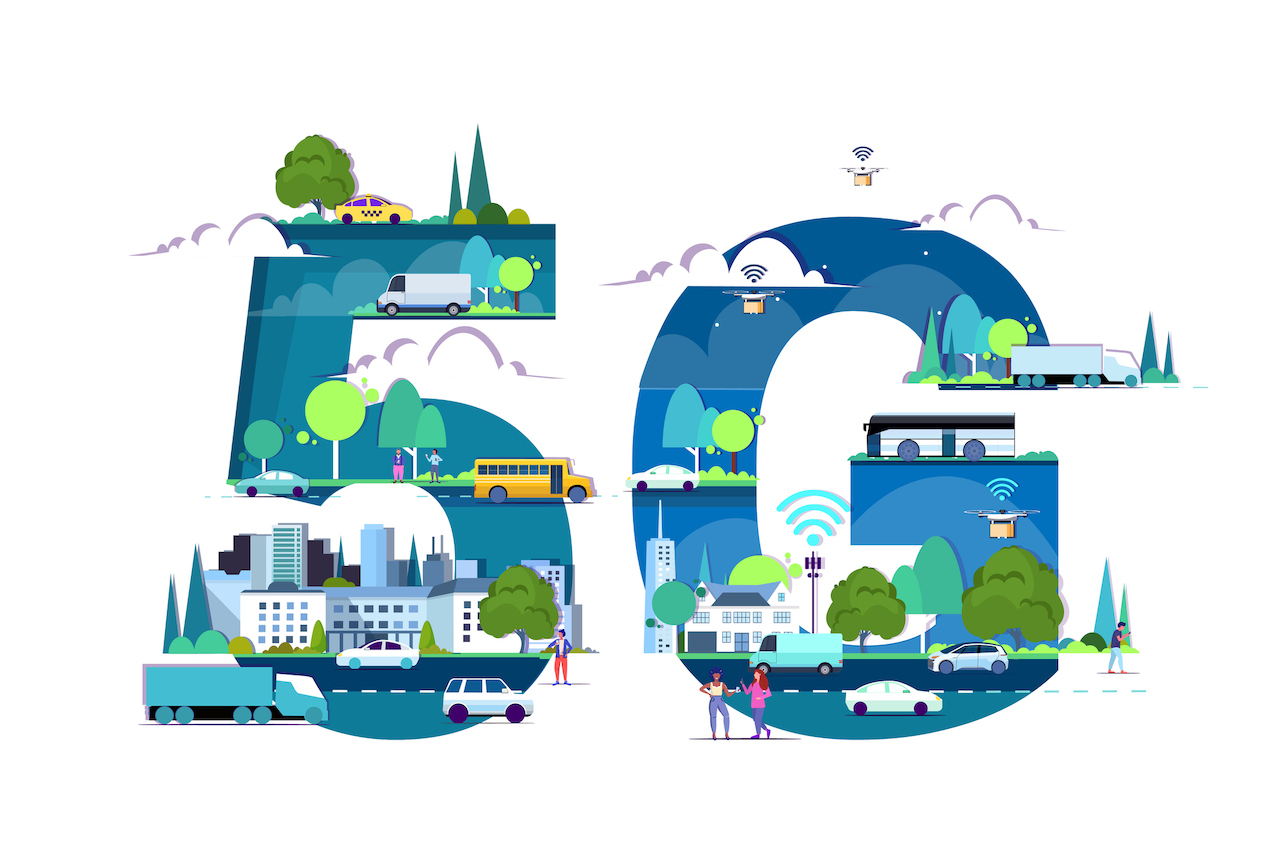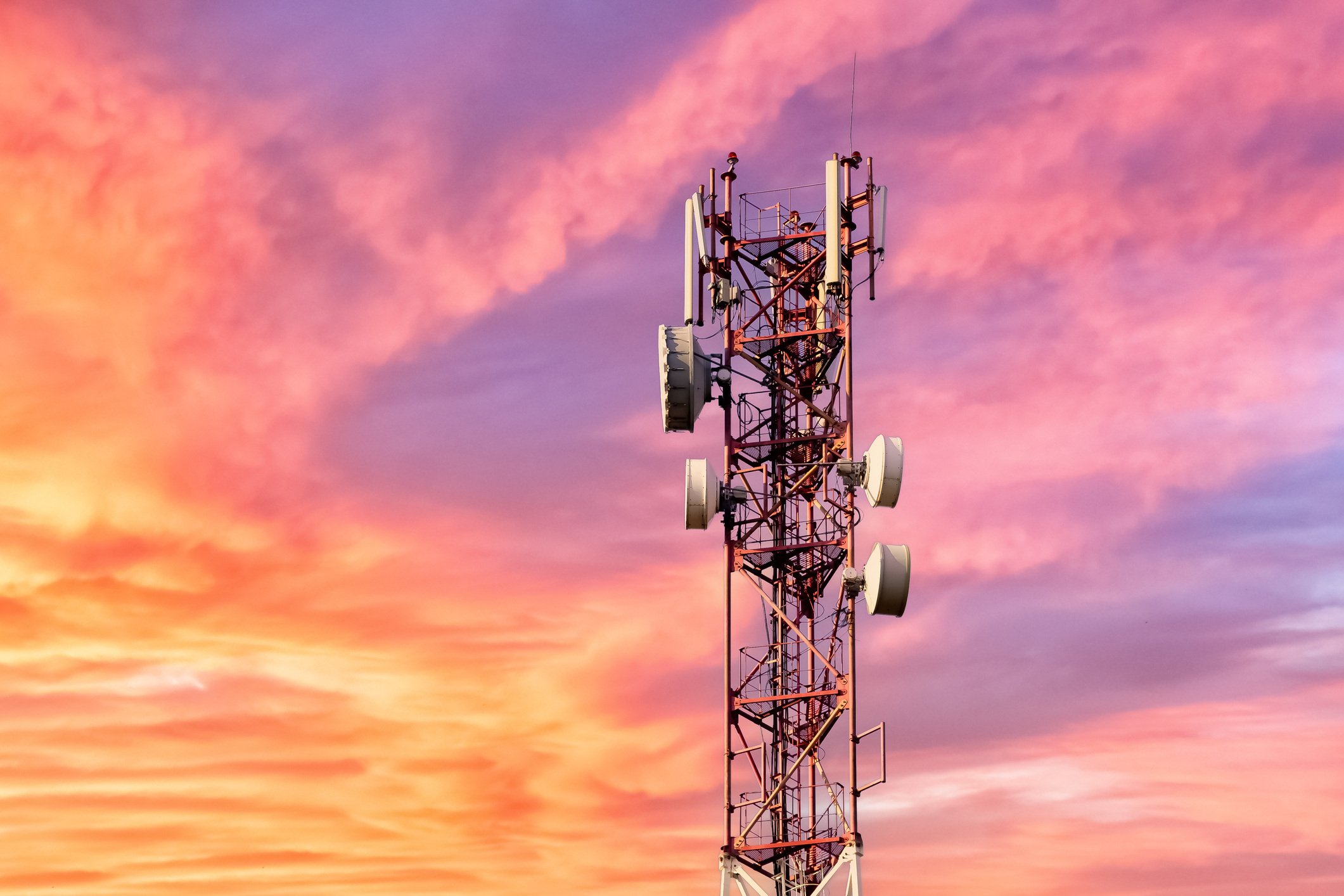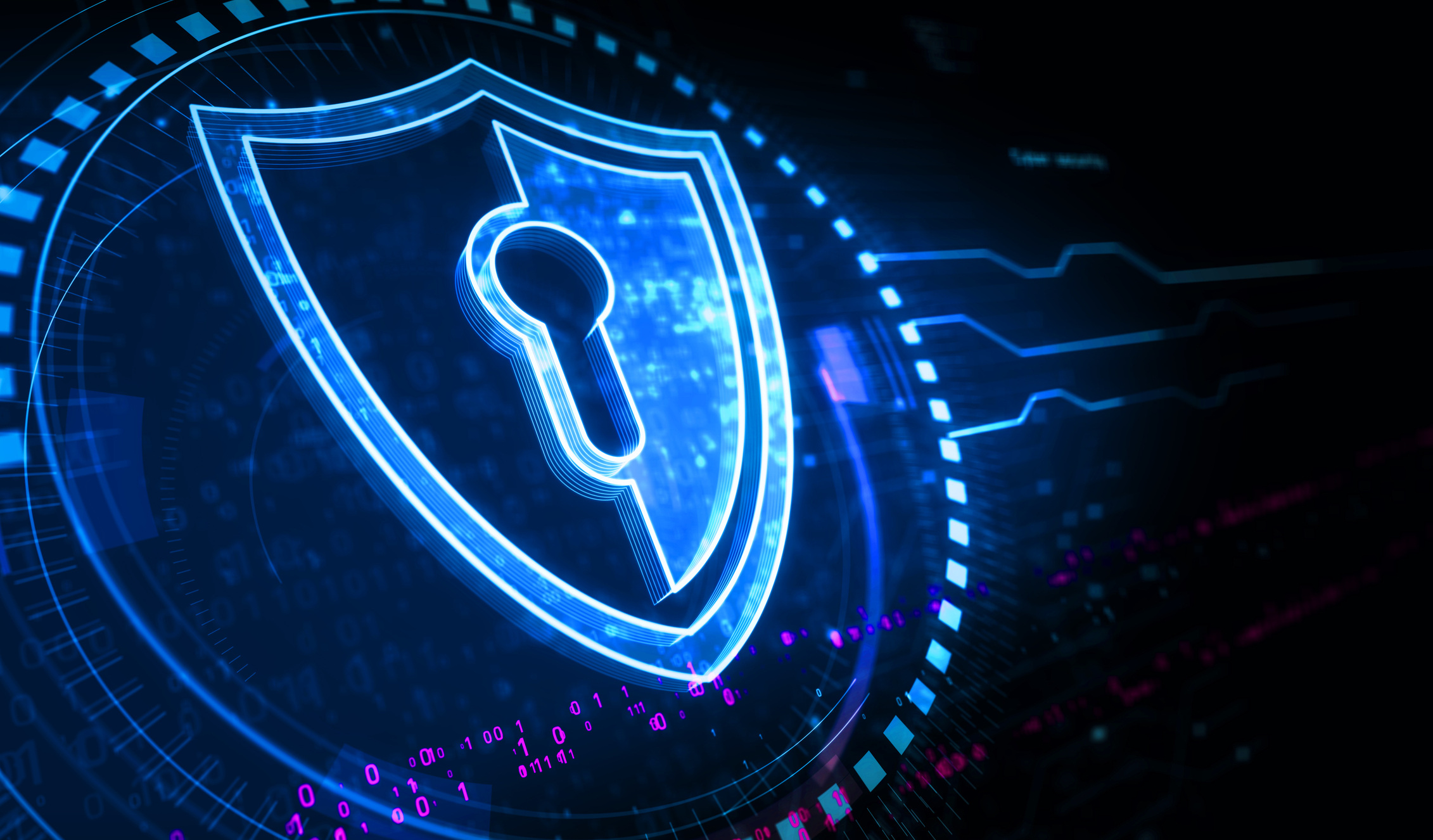
- April 2025 (1)
- March 2025 (2)
- February 2025 (1)
- December 2024 (2)
- November 2024 (2)
- August 2024 (2)
- June 2024 (3)
- May 2024 (3)
- April 2024 (1)
- March 2024 (3)
- February 2024 (2)
- January 2024 (2)
- December 2023 (1)
- November 2023 (2)
- October 2023 (2)
- September 2023 (1)
- August 2023 (1)
- July 2023 (2)
- June 2023 (3)
- May 2023 (2)
- April 2023 (1)
- March 2023 (4)
- February 2023 (1)
- January 2023 (2)
- November 2022 (2)
- October 2022 (1)
- September 2022 (1)
- August 2022 (2)
- July 2022 (2)
- June 2022 (2)
- May 2022 (1)
- April 2022 (3)
- March 2022 (1)
- February 2022 (3)
- January 2022 (2)
- December 2021 (1)
- November 2021 (1)
- October 2021 (2)
- September 2021 (3)
- August 2021 (1)
- July 2021 (4)
- June 2021 (1)
- May 2021 (2)
- April 2021 (2)
- March 2021 (2)
- February 2021 (3)
- January 2021 (3)
- December 2020 (1)
- October 2020 (1)
- August 2020 (1)
- August 2019 (1)
- January 2019 (2)
- September 2018 (5)
- June 2018 (1)
- November 2017 (1)
- September 2017 (1)
- July 2017 (1)
- May 2017 (1)
- January 2017 (1)
- October 2016 (2)
- August 2016 (1)
- July 2016 (1)
- June 2016 (1)
Subscribe by email
5G IoT has the potential to transform industries. 5G’s ability to support high data transfer rates for data gathering with ultra-low latency will power critical services in city and building management, healthcare, supply chains, and more. This post offers an introduction to 5G and IoT and a vision of the new connected world this technology is ushering in. We also share how you can harness 5G to transform your business.
What is 5G?
5G is the fifth generation technology standard for broadband cellular networks. In general, the first generation (1G) focused on voice. 2G introduced texting capabilities, and 3G added data. 4G sped up the transmission process, and 5G improves speed even further. However, 5G isn’t just about download speed. It also delivers low latency, widespread coverage, and high-speed connectivity. Its power can be seen in the application of smart vehicles and public transportation, where even a brief delay could cause a significant impact.
How 5G Impacts IoT
5G goes beyond the current bandwidth speeds of 4G. This improvement makes it much easier for the 5G Internet of Things to network a larger number of devices together and provide greater remote control in applications where real-time network performance is essential.
The Benefits of 5G IoT
Since 5G can handle a much higher volume of data, offer increased speed and significantly lower latency, there are several applications that will be able to take advantage of 5G that are just around the corner.
- Fixed Wireless Access — Today’s options for “high speed” home broadband internet consists of cable from companies that laid the groundwork initially for Cable TV and twisted pair phone lines that offer DSL but were primarily rolled out to handle phone calls. While there is fiber in some markets (primarily the Northeast) and satellite internet capability in some areas, these are not as ubiquitous as the first two across the US. For most rural communities, options are limited. Fixed Wireless Access from the leading cellular carriers is coming and already being tested in select markets. Rivaling home broadband internet in speeds and performance, without the need to “run wires” to every house is one way of solving the limited availability of high-speed internet in rural communities while also providing much-needed competition to everybody else.
Learn more: Wireless Backup Internet for Business: An Introductory Guide - Smart City Solutions — The incredible speed and low latency of 5G create an ability to mix in Augmented Reality (AR) which will bring digital elements to a live view, often by using the camera on a smartphone, and Virtual Reality (VR) which brings the immersive experience that shuts out the physical world into applications. Imagine a fire truck pulling up next to a high rise building while the fire chief looks at the building from the outside with a set of VR goggles, where the actual drawings of the building is overlaid in front of the building allowing the chief to navigate the fire crew through the appropriate stairways and halls to get to the fire safely. That is one of the potential applications being presented by the wireless carriers as only available due to the advent of 5G. After all, if this technology is amazing for games like Pokemon Go, imagine how useful it could be in life-saving applications?
- Autonomous Vehicles and Vehicle Safety — Autonomous vehicles are coming. Even though they are technically already here in the form of Teslas and other new vehicle companies that have been recently announced, 5G will enable autonomous vehicles to seamlessly integrate with city infrastructure to enable first responder vehicles to notify traffic lights to clear a path for them. Some of this technology is already here but reduced latency and faster transfer rates will reduce times for these features to work more reliably and ubiquitously. The connected car has actually been around in many models for many years in the form of analytics from vehicles going to the manufacturer as well as to provide consumer services that utilize smartphone applications for remote key services — think OnStar and other similar solutions. Those applications, initially deployed with 3G, then evolving to 4G to provide in-car-wifi and enhanced entertainment experiences will evolve to take advantage of the reduced latency and faster transfer speeds available from 5G. With a focus on truly autonomous vehicles leveraging V2V (Vehicle to Vehicle) and V2X (Vehicle to Infrastructure) the applications are endless.
5G and IoT for Business
5G technology is expected to eventually be a game-changer in that it provides a fertile ground for innovating and establishing new ways to engage users.
However, new is not always best, and 5G may not be the best choice for all IoT applications, especially in light of the fact that the network buildout is still underway and potentially several years from being complete. Today, there are many other IoT connectivity options available that will co-exist with 5G down the road. Businesses must evaluate their needs for power consumption, range, and bandwidth to decide which IoT solutions will make the most sense for their applications. Even after 5G has become widely available, organizations will continue to use various connectivity options, including Wi-Fi, Bluetooth, 4G, and others, depending on their product-specific needs.
Business Considerations for Implementing 5G
As part of the decision-making process on choosing 5G or another option, you’ll want to create an implementation strategy to fully understand what introducing this new technology will entail. Here’s what to consider.
- Process or Product Changes — A shift to 5G technology may require changes to specifically what technology you will support, how you currently operate, including product changes and process changes. For example, devices that are based on Cat-M1 typically work with all carriers that support Cat-M1. Devices that are designed for a specific implementation of 5G may not work with another carrier’s implementation of 5G. So you may have to have different SKUs. Do some analysis before you decide to implement 5G to understand the impact on your business and the costs associated with the changes.
- Budget for the Investment — Incorporating 5G will require new hardware that is more expensive than 4G hardware. Likewise, because of the speed benefits of 5G, data will transfer faster which means that you will use more data which means that it will cost much more. Think about your habits on your personal devices (smartphones/tablets) where you download a video before you hit the road. If you can download a large movie in seconds, you are more likely to download more movies because of that. This means you are going to be looking at larger data plans that will have higher costs in general.
- Beef Up Your Big Data Analytics — Data will grow at an accelerated pace with 5G. If you plan to take advantage of it and the insights it provides, you’ll need to have data analytics and management tools capable of tapping into it.
- Plan for Education and Training — 5G can truly revolutionize business if people understand how to take advantage of it and the challenges it brings with it. Train all staff on what 5G is, when and how it can be used, as well as when other technologies should be considered in lieu of 5G. In the end, the important thing to keep in mind is what the specific business goals are and if 5G is something that can achieve those goals. For example, could deploying a 5G-based Fixed Wireless Access point to bring internet connectivity to a remote location/factory benefit your organization?
5G IoT will usher exponential potential for businesses in a wide range of industries and by bringing new technologies such as AR/VR as described previously to your application. By developing an understanding of 5G’s opportunities and impacts and building a strategic execution plan, you’ll position your company to experience its benefits.
Need guidance on choosing the best connectivity option for your business? Contact us to discuss your company's unique needs. We’re happy to offer insights.
You might also like:
Related Content
The latest IoT insights and platform updates from Zipit.
IoT devices need flexible network technologies optimized for low-power application...
Every cellular-based IoT device relies on a public or private Access Point Name (A...
The network an IoT device selects significantly impacts the strength and reliabili...



